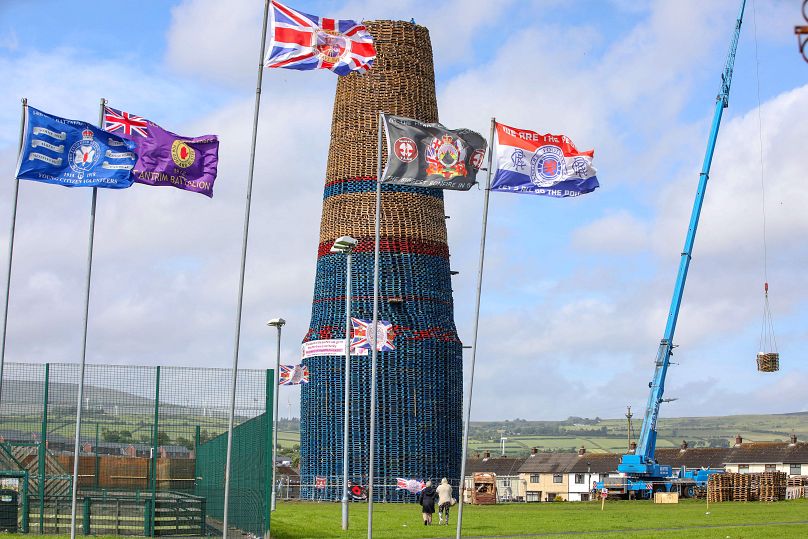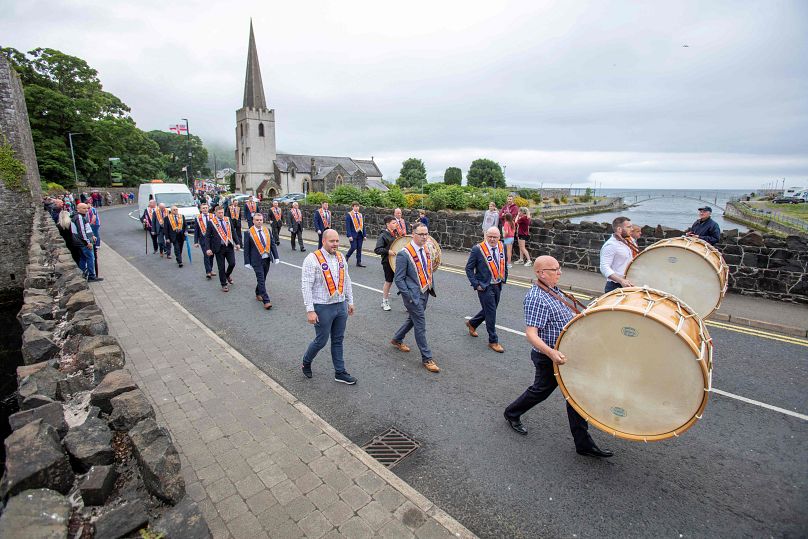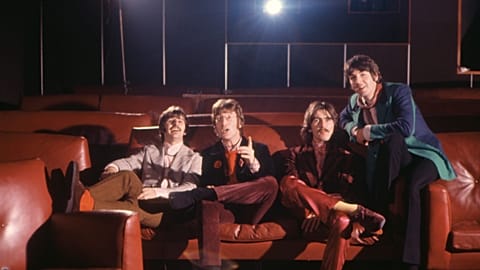In Northern Ireland, some unionists commemorate the 1690 Battle of the Boyne when the Protestant King William III defeated Catholic King James II. Outside of the country, some Apple users continue to wonder why the date is noted in their calendars.
The Battle of the Boyne, a pivotal event in Irish history, continues to shape the cultural and political landscape of Northern Ireland.
Fought on 1 July, 1690, near the town of Drogheda - in the Kingdom of Ireland, or modern-day Republic of Ireland - the battle was a clash between King William III and his father-in-law, King James II. It's long since been commemorated on 12 July by some unionists in Northern Ireland.
As the last Catholic monarch of England, Scotland, and Ireland, James II sought to retain control over Ireland.
The Williamite War, in which the Battle of the Boyne took place, pitted the Protestant forces of William III against the Catholic forces of James II. William's victory at the Boyne marked a turning point in the war and ensured Protestant Ascendancy in Ireland. Following his defeat, James II fled to France and never returned to Ireland.
The battle's commemoration on 12 July, known as the Twelfth or Orangemen's Day, has become a significant event for Ulster Protestants. It is primarily celebrated by the Orange Order, a Protestant fraternal organisation based in Northern Ireland.
The day combines the commemoration of the Battle of the Boyne with the Battle of Aughrim, where James II's army was defeated on 12 July, 1691.
While the commemoration is a crucial day in the calendar for communities in Northern Ireland, the Battle of the Boyne is less known in the rest of the United Kingdom. Every year, Apple users are puzzled to see the date in their calendars, when it’s barely acknowledged in England, Scotland and Wales.
The Northern Irish have an extra bank holiday for the day - and another for the far better known St Patrick’s Day - and those outside of the country often take to Twitter to mock Apple’s autofill feature.
Across the Irish Sea, though, The Battle of the Boyne and its commemoration continue to symbolise the complex history and ongoing tensions in Northern Ireland.
While progress has been made in fostering peace and understanding, historians often discuss the legacy of the Boyne still lingering.
The Orange Order's parades, which on occasion pass through Nationalist areas, are viewed by some as sectarian and triumphalist.
Better communication over the years have led to more peaceful parades and relations between the numerous factions in the 21st century. Despite bemusement from some circles, the day remains as one of the most important dates in both the British and Irish calendars.





















